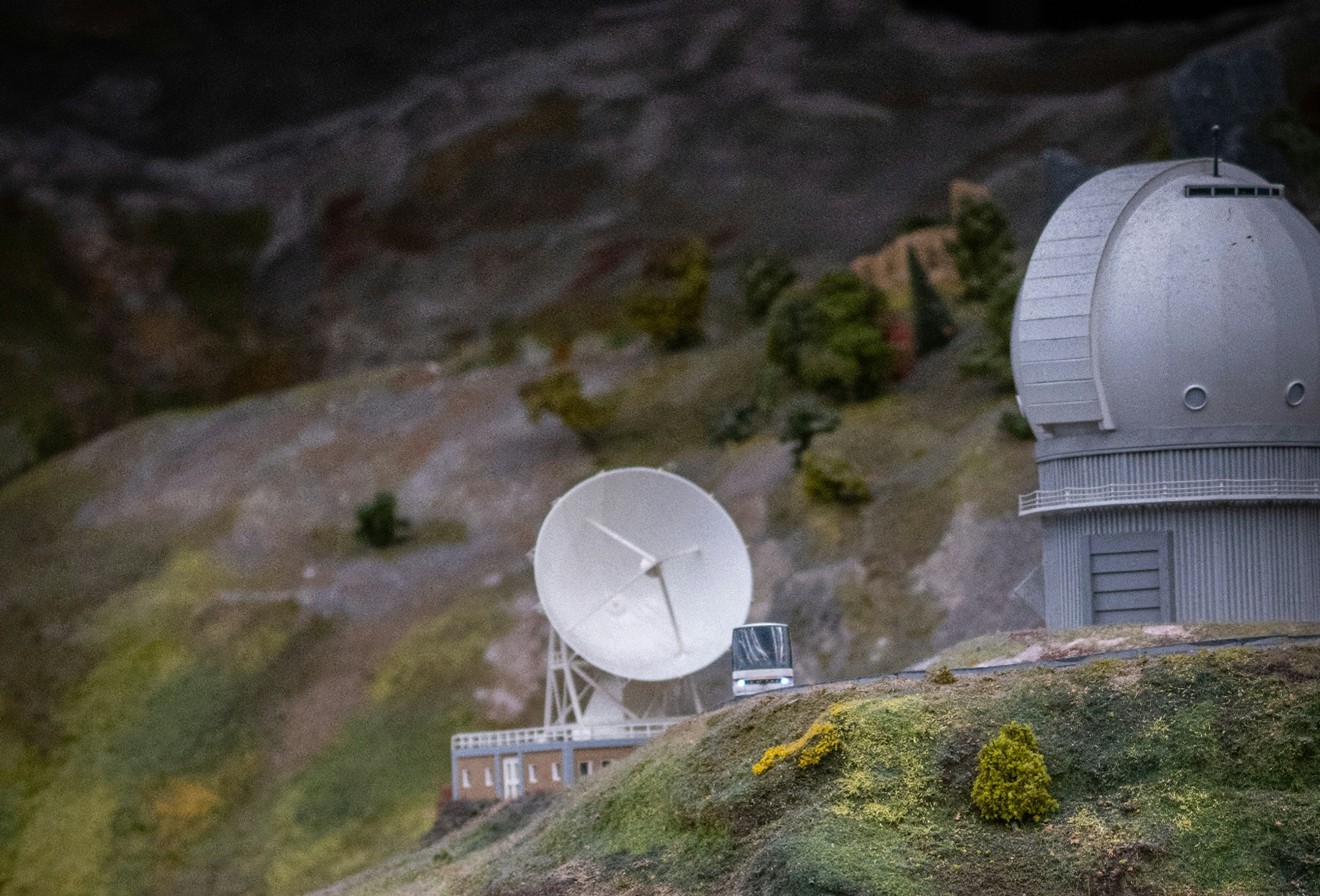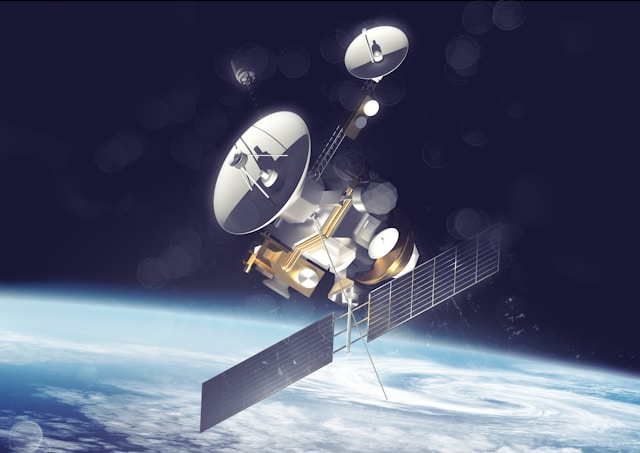
In modern data-centric industries, precision positioning is no longer optional - it’s mission-critical. From ensuring centimeter-level accuracy in aeronautical navigation to guiding autonomous ground vehicles and delivering ultra-detailed geospatial data, modern applications demand more than just a functional GNSS setup - they require optimized performance. At the core of this performance lies the multi-frequency GNSS antenna—a vital component that dictates whether your data is merely acceptable or truly accurate.
Systems like the Trimble AV39 exemplify how advanced, multi-band antennas can dramatically enhance positioning precision, signal integrity, and resilience against interference. Built for both airborne and ground vehicle environments, the AV39 is engineered to meet the rigorous demands of next-gen applications with its robust support for GPS, GLONASS, Galileo, BeiDou, and L-band corrections - all in a rugged, low-profile design.
Traditional GNSS systems like GPS rely on a single frequency band, such as L1. But modern satellite constellations (GPS, GLONASS, Galileo, BeiDou) transmit data on multiple signals (e.g., L1, L2, L5, E5). A multi-frequency antenna is designed to receive these diverse signals, enabling a receiver to:
One of the biggest sources of GNSS error is the ionosphere - an atmospheric layer that delays signals. A single-frequency system can only estimate and correct these delays, but a dual-frequency receiver uses two signal sets (usually L1 and L2/L5) to directly measure ionospheric distortion and correct for it in real time.
The result? Substantially improved accuracy, often shifting from meter-level error to centimeter-level precision - a game changer for applications like surveying, precision agriculture, and UAV georeferencing.
Multi-frequency reception isn’t just about a single pair of signals—it’s about layers of redundancy:
Constellation backup: If GPS is temporarily unavailable, your antenna might still receive Galileo or BeiDou signals.
Frequency fallback: If there's interference or blockage on one frequency (e.g., L1), the system can switch to another (e.g., L5).
Environmental resilience: Urban canyons, dense foliage, and metal structures often twist or block signals. The more bands available, the greater your chance to maintain accuracy.
This redundancy is key for mission-critical positioning in complex environments.
Modern workflows like Real-Time Kinematic (RTK) and Precise Point Positioning (PPP) rely on multi-frequency tracking to deliver fast, centimeter-level fixes:
RTK uses a base station to send real-time corrections - dual or tri-frequency antennas lock faster and maintain fix during signal disruption.
PPP uses a general satellite correction network - again, multi-frequency inputs are essential to perform high-precision positioning without a local base.
Both methods benefit enormously from robust signal capture. Whether you’re on foot, at sea, on rails, or in the air, consistent multi-frequency reception ensures smoother workflows and higher data fidelity.
One of the chief enemies of accuracy is multipath, where signals bounce off reflective surfaces and arrive at the antenna late. Multi-frequency antennas often include multi-layer filtering and design features, such as choke rings or precision radomes, that reduce sensitivity to reflected signals, improving accuracy in urban, forested, or rooftop deployments.
Since different frequencies are reflected differently, a multi-frequency system can use signal diversity to better detect anomalies and ignore corrupted data.
The GNSS environment is not static—new signals and constellations are being launched regularly:
By investing in a multi-frequency antenna today, you ensure compatibility with both current and future GNSS advances - protecting your infrastructure from premature obsolescence.
Aircraft navigation, especially in precision landing systems, requires high-integrity GNSS. Multi-frequency, certified antennas ensure continuity, certification compliance, and safety for crew and autonomous systems.
Self-driving cars negotiate complex urban environments. Precision positioning and fast satellite reacquisition are mission-critical, especially at highway speeds or construction zones.
For applications like cadastral surveys, corridor mapping, or machine control in construction, centi‑metric accuracy underpins project delivery and legal compliance.
Auto‑steered tractors, drone spraying, and yield mapping depend on centimeter-level accuracy to minimize waste, maximize yield, and meet sustainability goals.
Smart grid monitoring, pipeline surveying, and rail track inspection require consistent, precise positioning to avoid costly misplacement and downtime.
Feature | Why It Matters |
Supported Bands | GPS L1/L2/L5, Galileo E1/E5, BeiDou B1/B2—ensures global path coverage |
Low-Multipath Design | Prevents signal corruption from reflections |
Environmental Ratings | DO-160/DOT certifications for ruggedness in aviation or field deployments |
Phase-Centre Stability | Ensures consistent positioning across repeated installs |
Interference Filtering | Blocks neighboring communication bands like LTE or Iridium |
Mounting & form factor | Flush-mount, adhesive, or adjustable—based on installation platform |
Connector Type | e.g., TNC/F/MCX—based on your cabling and system requirement |
Power Needs | Some antennas include amplifiers requiring DC power via coax cable |
Manufacturer Support | Calibration services, firmware updates, and technical documentation availability |

“Single-frequency is fine for most jobs.”
In many precision tasks - especially mapping, RTK, or UAV photogrammetry—multi-frequency is not optional; it's essential.
“More frequencies always mean confusing interference.”
Modern antennas include filters and front-end processing designed to separate bands and prevent crossover.
“Only military needs this level of accuracy.”
Commercial, agricultural, surveying, and industrial applications increasingly rely on data accuracy that single-frequency systems can’t reliably offer.
Multi-frequency GNSS antennas are more than just accessories—they are the anchors of integrity in precision positioning. By embracing multi-constellation, multi-band systems, users unlock:
For any professional deploying RTK, PPP, aerial surveys, or autonomous navigation, choosing the right GNSS antenna is the single most critical step in building a reliable system.
If you're specifying a system, or need help aligning antenna features with application requirements, I’d be happy to help you select an optimal solution tailored to your use case.